Ancestor worship is the most important form in the spiritual life of the Tay people, becoming the core of traditional customs, a manifestation of human morality, an environment for producing and integrating cultural and artistic values, contributing to preserving and maintaining the national cultural identity.
Moraleducation , human personality
The Tay believe that how people live is how they die, they can still continue to care for their descendants as when they were alive, can bless, create happiness and eliminate disasters for their descendants. Therefore, the Tay often worship their ancestors on holidays, Tet and on prescribed days. For the Tay, ancestors always bless their descendants. In addition, gratitude and filial piety to ancestors is not only expressed through worshiping grandparents and parents after they pass away but also through celebrating their grandparents' and parents' longevity when they get old and organizing funerals when they pass away.
The longevity celebration for the elderly is held with the meaning of praying for grandparents and parents in the family to live long and be healthy, showing the concern, care, encouragement, and great spiritual comfort of children and grandchildren for grandparents and parents when they are still alive. Besides, one of the important rituals that most Tay people still preserve and follow today is the traditional funeral ritual. In the entire funeral ritual, there are performances and steps to bring the soul of the deceased to heaven, which comes from the deep belief in the existence of life after death as well as the origin of human beings in the sky in the ancient concept of the Tay people. In addition to organizing the procession of the deceased to the cemetery, the basic meaning of organizing a funeral according to traditional rituals is to prepare the deceased for a new, good life in the afterlife . This is essentially a way to solve the living's mental problems, comforting and reassuring the living before the death of the deceased.
Preserve and maintain national cultural identity
The Tay people's ancestral worship activities are where the traditional cultural and artistic values of the nation are preserved. Through special forms of religious activities during funerals, the Tao masters not only play the role of patrons of the spiritual life of the villagers but also perform and present the nation's art forms through their rituals. During the ritual, the Tao master must be a folk artist who possesses all the elements such as: performing arts of singing, dancing, oratory, folk language, ancient scripts, plastic arts, paper cutting, etc. In addition to the Tao masters, there is also a group of artists who participate in playing musical instruments. Funeral music is often performed in a group (ensemble) form, but sometimes it is performed solo: singing accompanied by an instrument. During the ceremony, the band must perform according to the set, changing the sounds according to the ritual, sometimes the drums, cymbals, flutes, and two-stringed fiddles are played in a lively harmony, sometimes they are quiet and suitable. The musicians are carefully trained, methodically, and meticulously because they believe that common musical errors in life can be forgiven, but errors in the music that sends off the soul cannot be overlooked. Funeral music is considered a means of communication with ancestors and gods. Therefore, depending on each ritual, they play different melodies.
In religious activities (especially in ancestor worship expressed through funerals), it is also a form to preserve the plastic arts and decorative arts of the Tay people. For specific rituals, there will be separate regulations on accompanying offerings, which are decorated in a rather elaborate folk painting style and vividly depict the universe, nature, people in the world and even the dead, such as a funeral house made of bamboo frames covered with colored paper, money trees, flower trees made into large coffins, paper horses, mannequins... In addition, at temples worshiping people who have contributed to the village, commune, and locality such as: Ky Sam temple (City), Tran Hung Dao temple (Quang Hoa), Quan Thanh temple (Trung Khanh), To Thi Hoan temple (Ha Lang), Nong Thong Lenh temple (Tra Linh...), people from all over the country come to perform rituals and participate in traditional festivals. At festivals, cultural and artistic activities are not only normal activities but also standardized customs and rituals that cannot be arbitrarily added or removed, contributing to preserving the unique cultural and artistic values of the Tay people.
Community consolidation, building great national unity
The Tay people's ancestor worship is like a glue that binds people together firmly. On the occasion of organizing family ritual activities, the Tay people often invite more brothers and relatives to attend. Especially, on the occasion of longevity celebrations, funerals, and weddings, children and relatives gather together to share joy, express condolences with the family and participate in practicing rituals. During the funeral, family members and relatives, in addition to participating in organizing the funeral, also directly participate in ritual procedures under the direction of the Tao master such as: offering rice, making offerings (roughly understood as offering filial piety), breaking out of prison... The meaning of this section is that the Tao master sings and recounts the merits of the father (mother) in raising the children and the filial piety of the children and relatives towards the deceased. It can be seen that through the ritual activities, which are both warm and solemn, they contribute to strengthening and reminding the sense of solidarity and attachment between family members and clans.
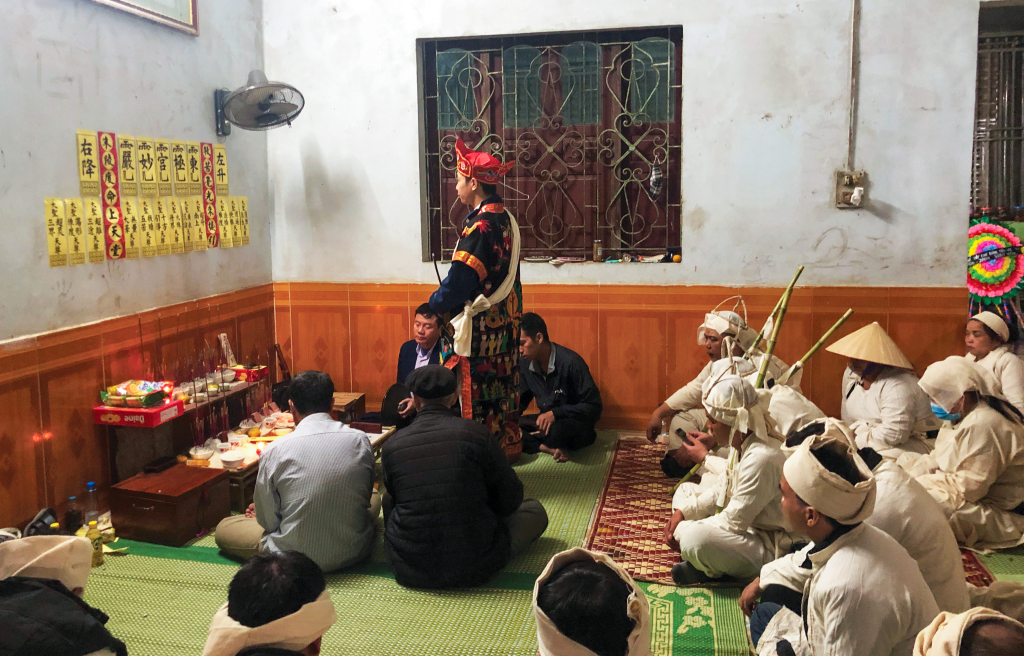
In funerals, the indispensable element is the neighbors who come to help, encourage, and express condolences. Each person who comes to pay their respects brings gifts and money according to the customary law of the community to express their condolences and sympathies to the homeowner. In fact, the money and gifts from relatives, neighbors, and close friends, in addition to the meaning of helping each other in difficult times, are also a deposit, in case their own family has a similar problem. The act of receiving gifts and money has become a custom of human understanding, permeating the thinking of each member. This custom binds the funeral home to the community in both responsibility and affection, and is a manifestation of the solidarity and unanimity of each community, the spirit of mutual love, mutual assistance, and helping each other in life, especially in times of difficulty and adversity.
The Tay people's community cohesion is also demonstrated through the custom of offering sacrifices to the local god. On the occasion of Lunar New Year or the harvest festival, families in the hamlet or village often bring offerings, incense and flowers to the temple to worship the local god. After the offering, the offerings are taken down so that the families can gather to eat at the temple, then each person returns home to celebrate Tet. In addition, to express gratitude, to open up and protect the village of the village guardian spirit through festivals, village festivals help people bond and become closer to each other, tightening the bond of solidarity between relatives and friends to strengthen solidarity in the community.
Nong Thi Hue
Source


















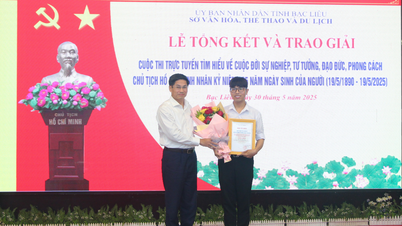
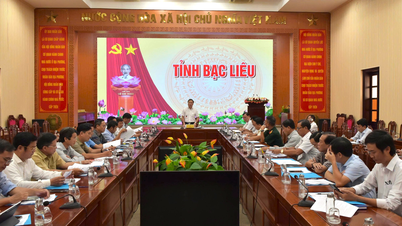


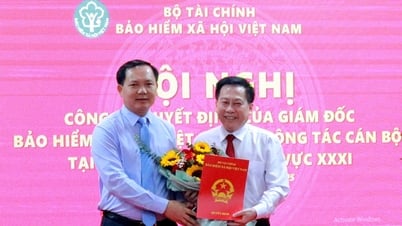
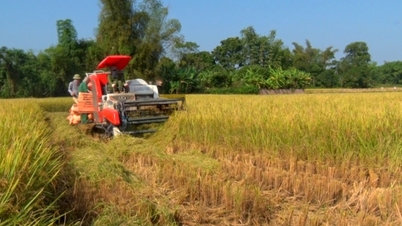
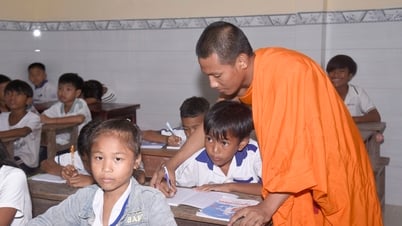









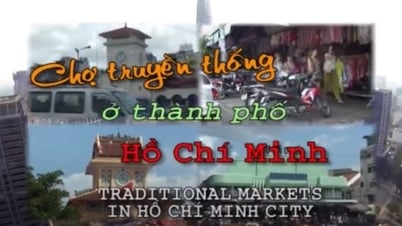


























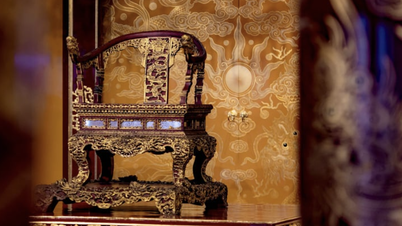













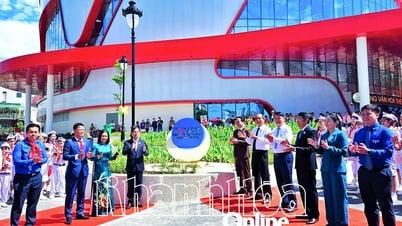

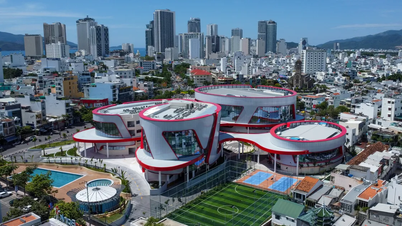

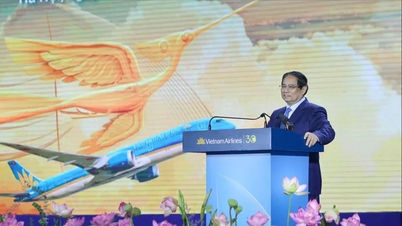
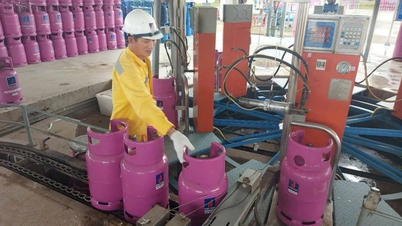



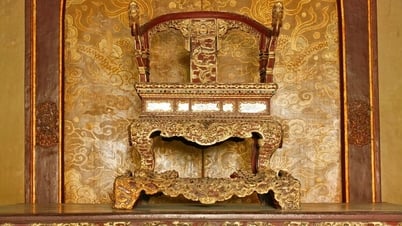











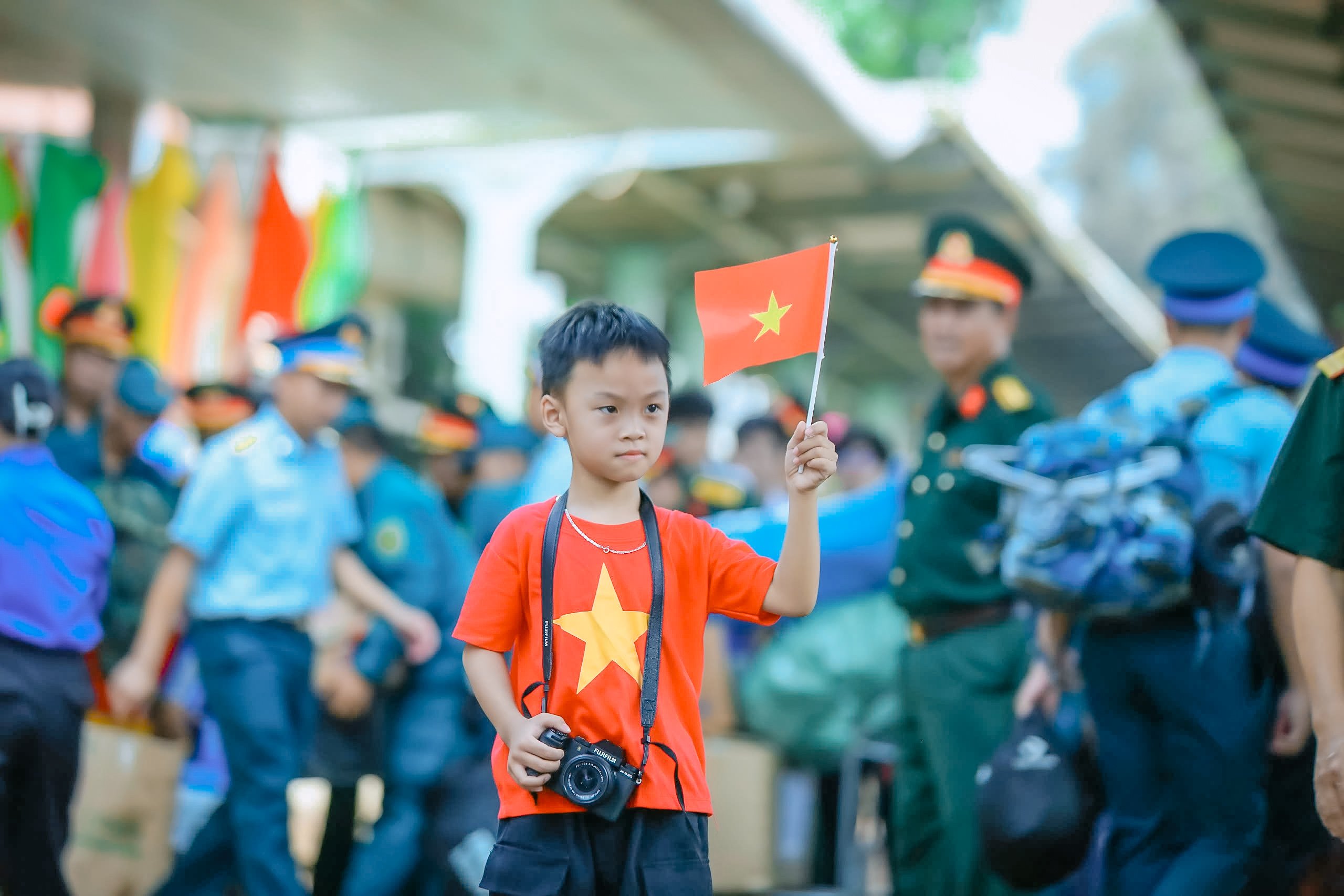



Comment (0)